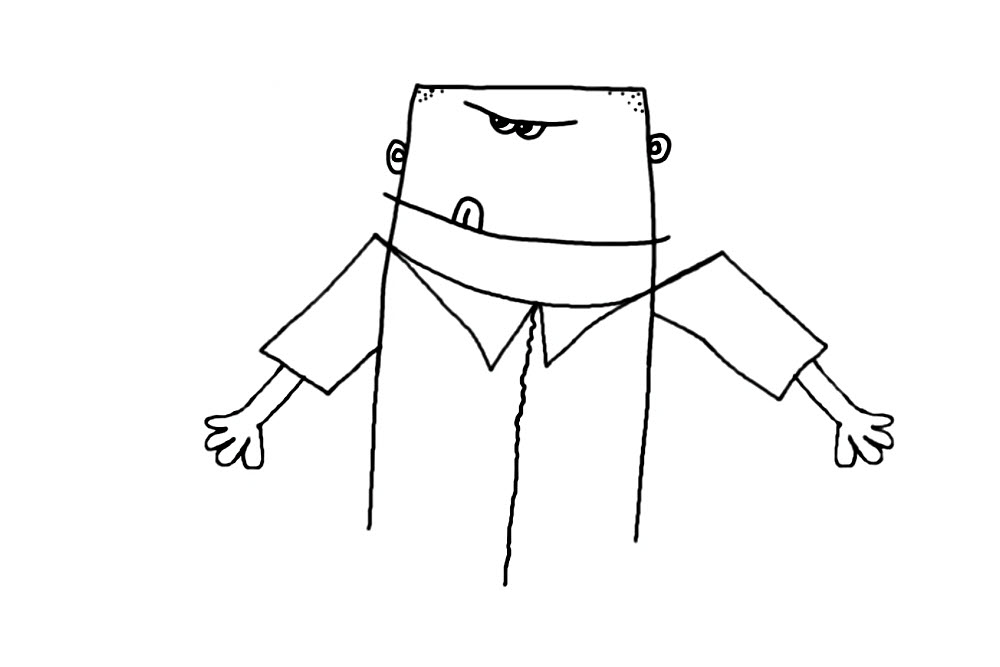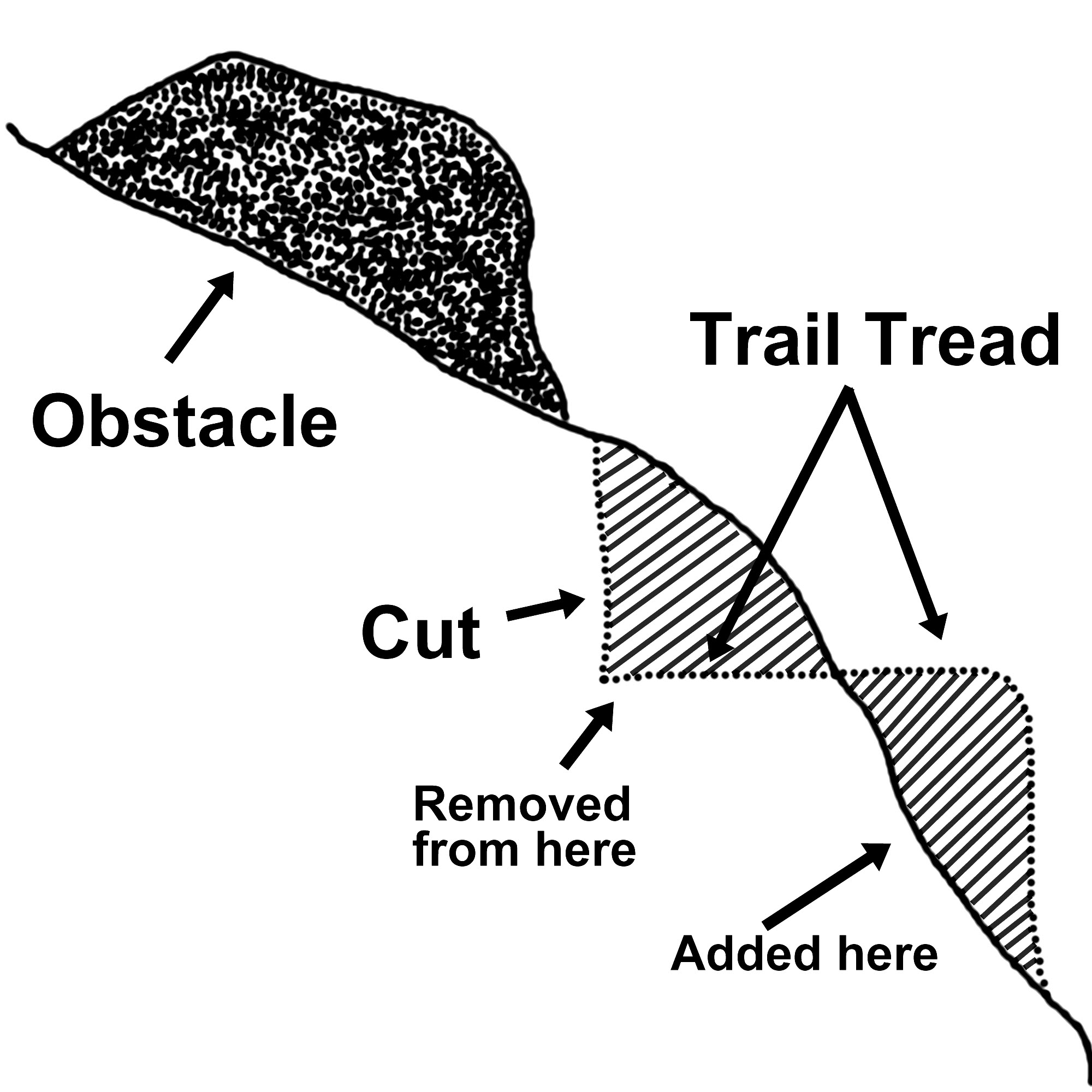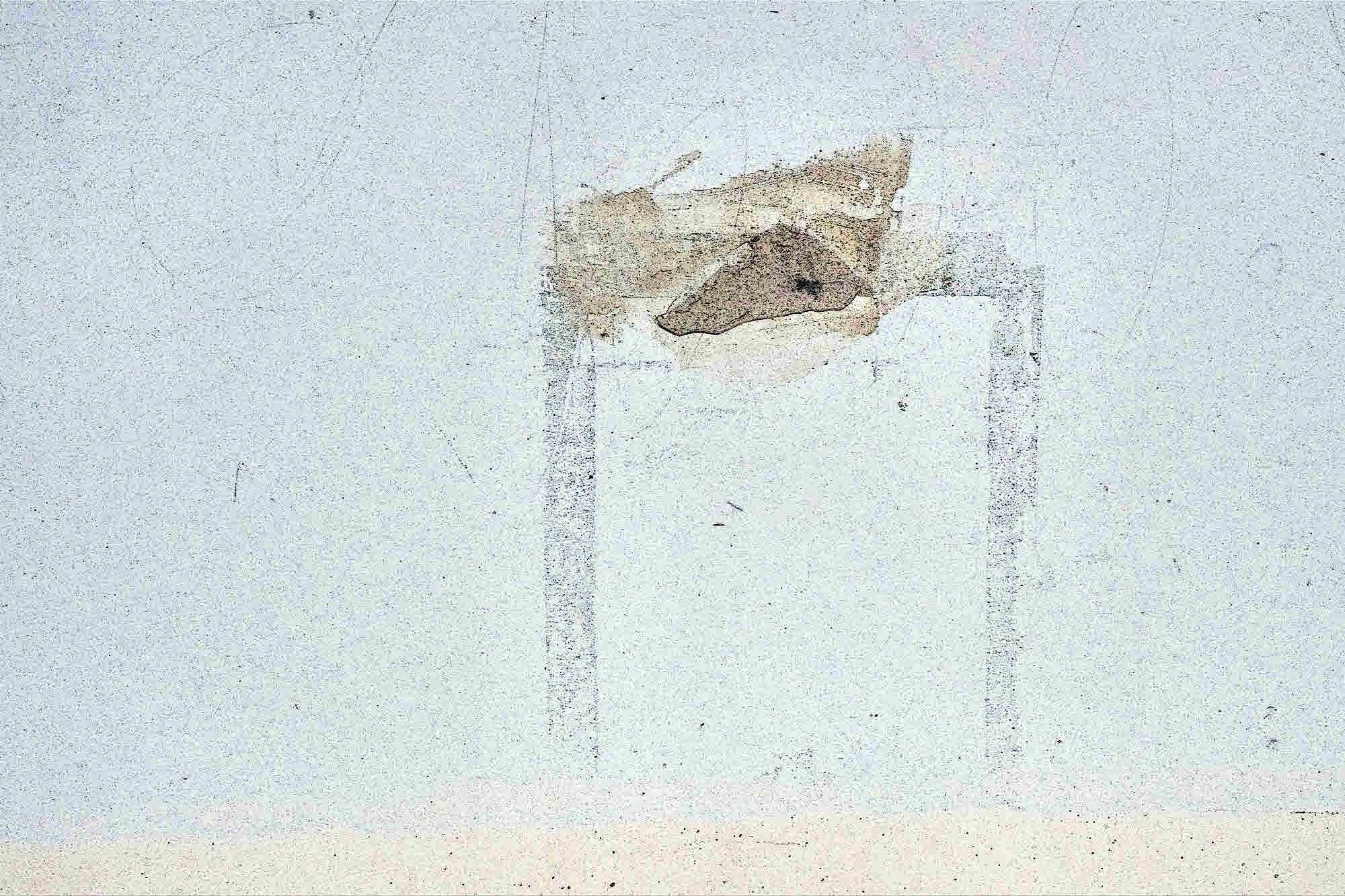Mind the peasants. They have jackets.
From the French for jaque, a kind of tunic, possibly based on the generic term for French peasants. Maybe even some of your more distant relatives.
A short, tight-fitting, sleeved coat, waist-length to hip-length, worn on the upper body, as is proper for such garments. If only a shell, it keeps out wind and some cold by forming a bubble of retained, body-heated air next to the body, but can just as well be insulated. May also be breathable, non-breathable, windproof, waterproof, or a combination. Or not. Confused yet?
Example: Jane put on her jacket to keep out mosquitoes and found that it worked. Since it was camo, she instantly became invisible.
And...The outer skin of a potato, sometimes worn as clothing, if the potato is big enough, though less useful in bear country.
See tabs at the top for definitions and books.
Have anything worth adding? Then try sosayseff+eff@gmail.com
Me? Recently drenched in butter and covered with sour cream. The cat now likes me. Worse has happened.



